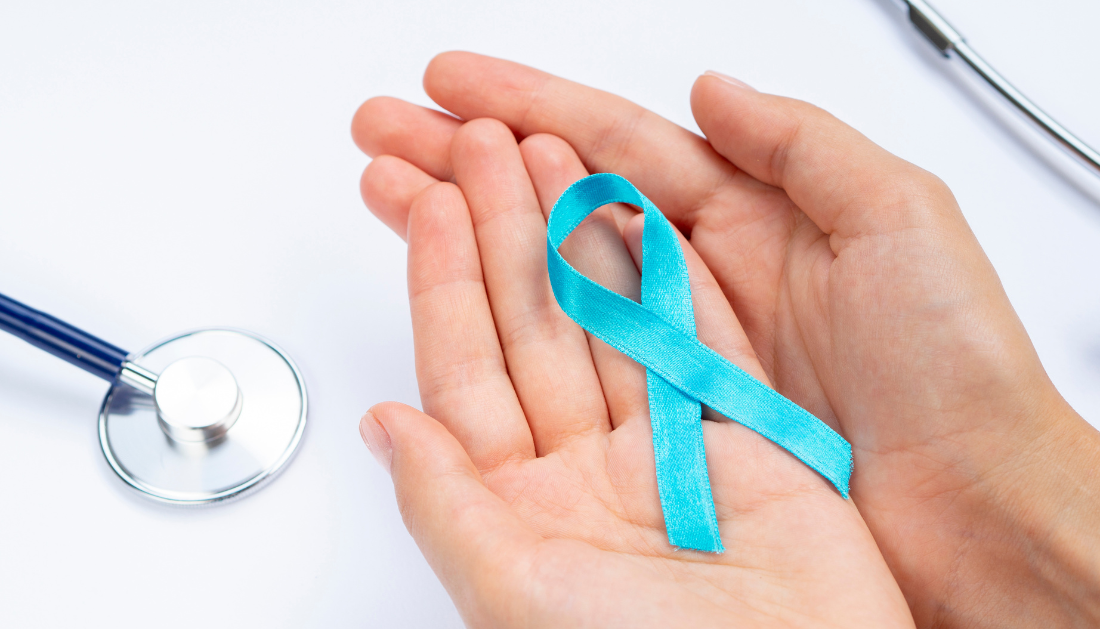

Surviving Stress
S. pombe is a type of yeast that has been used to make beer for generations. It is, nonetheless, an essential study tool for biologists because to its closeness to human cells. knowledge S. pombe allows us to have a deeper knowledge of fundamental biological processes in both normal and malignant cells.
Working with Simone Mattei, PhD, and colleagues at EMBL, Jomaa and his team discovered that when yeast cells go into hibernation to avoid stress, they wrap themselves in an unexpected blanket. The surfaces of these batteries, known as mitochondria, become coated with inactive ribosomes, the cellular machinery that normally produces proteins.
It remains a mystery why these inactive ribosomes attach themselves to the mitochondria. “There could be different explanations,” Mattei said. “A starved cell will eventually start digesting itself, so the ribosomes might be coating the mitochondria to protect them. They might also attach to trigger a signaling cascade inside the mitochondria.”
The researchers were able to visualize how the ribosomes attach to the mitochondria down to the molecular level using astonishingly powerful single-particle cryo-electron microscopy and cryo-electron tomography. They were surprised to discover that the ribosomes had attached themselves “upside down,” using a small subunit of their anatomy. This type of interaction had never been seen before and could help decipher the secret of how cells enter and wake up from dormancy. “We knew that cells will try to save energy and shut down their ribosomes, but we were not expecting them to attach in an up-side state on the mitochondria, said Maciej Gluc, a graduate student in Jomaa’s lab and co-first author of a new scientific paper describing the discovery.
The new findings could have a significant impact on our knowledge of cancer. Cancer cells experience constant food shortages due to their unregulated proliferation, and they frequently enter dormancy, or “quiescence,” to survive and avoid detection by our immune systems. Understanding how they do this may lead to novel approaches to target cancer cells, improving patient outcomes and preventing relapses.
“For the next steps, we aim to understand not only how cells regulate entry into dormancy but also how they awaken from this deep sleep. For now, we will use yeast because it is much easier to manipulate. We are now also investigating this in cultured cancer cells, which is not an easy task,” Jomaa said.
“Ultimately, I hope that my group’s research will lay the foundation for discovering new markers to track dormant cancer cells. These cells are not easily detected in diagnostic settings, but we are hopeful that our research will generate more interest in helping us reach our goal.”
Ahmad Jomaa, PhD, Researcher, Department of Molecular Physiology and Biological Physics, University of Virginia School of Medicine
UVA Cancer Center, one of only 57 “comprehensive” cancer centers designated by the National Cancer Institute, is dedicated to better understanding cancer and developing breakthrough treatments. The award honors cancer centers with the best cancer research and treatment programs in the country.
Findings published
The researchers reported their findings in the scholarly journal Nature Communications. The research team included Olivier Gemin, Gluc, Michael Purdy, Higor Rosa, Moritz Niemann, Yelena Peskova, Mattei, and Jomaa. The scientists have no financial interest in the project.
The research was funded by the Searle Scholars Program, the American Cancer Society, UVA’s Department of Molecular Physiology and Biological Physics, and the European Molecular Biology Laboratory.
For more information: Ribosomes hibernate on mitochondria during cellular stress, Nature Communications, doi.org/10.1038/s41467-024-52911-4
more recommended stories
 36-Week Pre-eclampsia Screening May Reduce Term Risk
36-Week Pre-eclampsia Screening May Reduce Term RiskA New Preventive Strategy for Term.
 Cardiovascular Risk and Sudden Cardiac Death in Diabetes
Cardiovascular Risk and Sudden Cardiac Death in DiabetesRising Sudden Cardiac Death (SCD) Risk.
 Poor Kidney Function and Alzheimer’s Biomarkers Explained
Poor Kidney Function and Alzheimer’s Biomarkers ExplainedPoor kidney function may influence levels.
 Walking Speed Before Hip Replacement Predicts Recovery
Walking Speed Before Hip Replacement Predicts RecoveryNew Evidence Points to a Simple,.
 Neuroblastoma Drug Combo Extends Survival in Models
Neuroblastoma Drug Combo Extends Survival in ModelsA Promising Shift in High-Risk Neuroblastoma.
 Safer Allogeneic Stem Cell Transplants with Treg Therapy
Safer Allogeneic Stem Cell Transplants with Treg TherapyA new preclinical study from the.
 How Soybean Oil Impacts Weight Gain and Metabolism
How Soybean Oil Impacts Weight Gain and MetabolismWhy Soybean Oil May Affect Metabolism.
 Coffee and Cognitive Function: Evidence Review
Coffee and Cognitive Function: Evidence ReviewA new narrative review in Cureus.
 AI in Emergency Medicine and Clinician Decision Accuracy
AI in Emergency Medicine and Clinician Decision AccuracyEmergency teams rely on rapid, accurate.
 Colorectal Cancer Screening Rates Low in Adults 45–49
Colorectal Cancer Screening Rates Low in Adults 45–49Recent UCLA research reveals that colorectal.

Leave a Comment